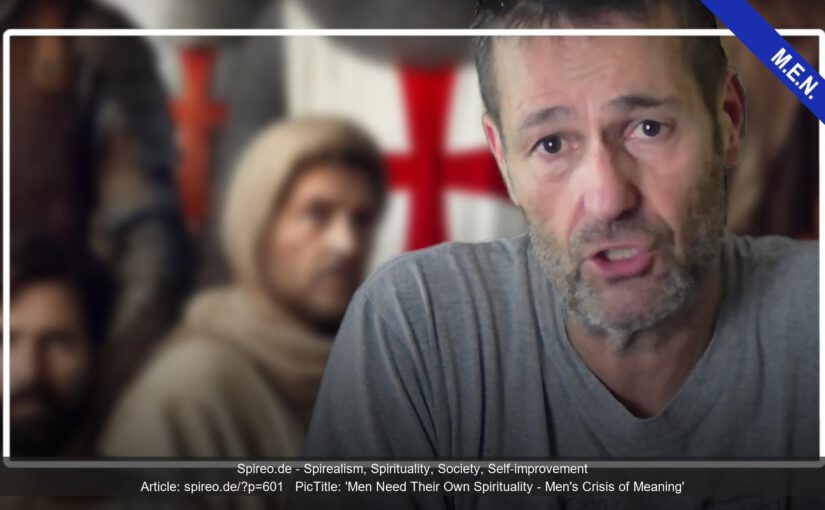Spirituality and Its Importance for Men
The question of whether men need a different kind of spirituality leads to intriguing considerations about the relationship between mind, role models, and gender dynamics. Men often grow up with role models that embody strength, power, and influence—qualities that are often less emphasized in traditional spirituality. However, this perspective might hinder men from accessing a fulfilling spiritual practice.
Instead of a feminine approach to spirituality, such as meditation or tarot cards, a more masculine approach could resonate better with men. This does not imply a rejection of spirituality but rather an adaptation that considers men’s unique needs and strengths.
Role Models and the Mind as a Central Force
Men often look up to role models from their youth—be it kings, Western heroes, or starship captains. These archetypes shape how men perceive power and self-efficacy. History shows that men have made significant contributions to the spiritual world, such as building cathedrals or spreading religious missions.
This is not about romanticizing the past but recognizing that men can be as deeply spiritual as women through their beliefs and visions. The idea that men are less emotional or profound is challenged by this perspective.
The 7 Principles of Masculine Spirituality
1. Mind as Origin: Everything that exists is an expression of the mind.
2. Self-efficacy: Men often seek ways to feel their own strength and power.
3. Archetypes and Role Models: Masculine spirituality is rooted in strong role models that embody courage and determination.
4. Individuality: Every man should create his own spiritual journey.
5. Integration of Strength: Strength and power can be spiritual values when used consciously.
6. Openness to Emotions: Men have souls and deep connections to feelings, which are integral to their spirituality.
7. Balance Between Mind and Body: The unity of mind and body should be central to masculine spirituality.
These principles demonstrate that spirituality for men does not have to mean renunciation or weakness. Instead, it can provide a pathway reflecting their interests and values.
The Power of the Mind and the Role of Language
Language is an expression of the mind, and every word carries a specific idea. Men should not hesitate to express their thoughts freely, even if it does not align with conventional notions of spirituality. Rather, they should aim to think constructively and direct their thoughts in ways that benefit themselves and their environment.
The freedom to explore one’s ideas while remaining authentic is a vital aspect of masculine spirituality. This freedom opens new pathways for harnessing the power of the mind in daily life and fostering a connection with oneself and the world.



